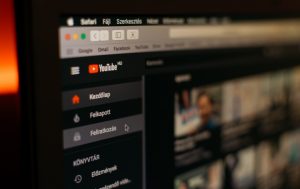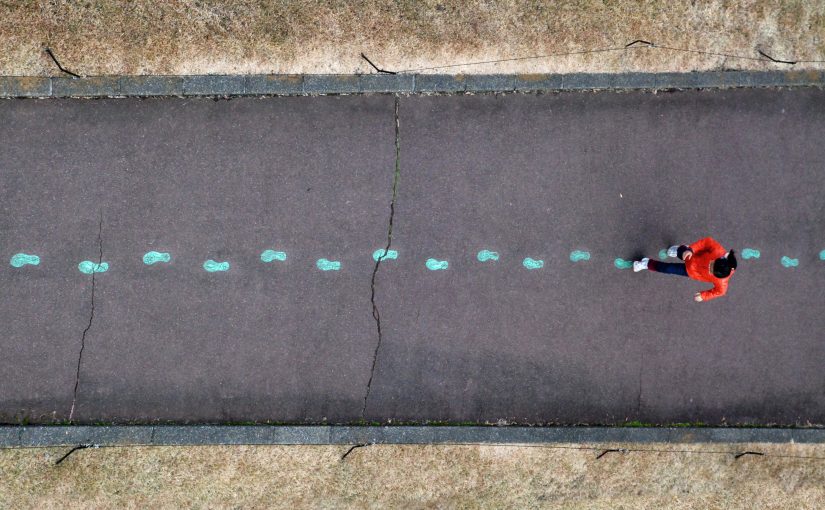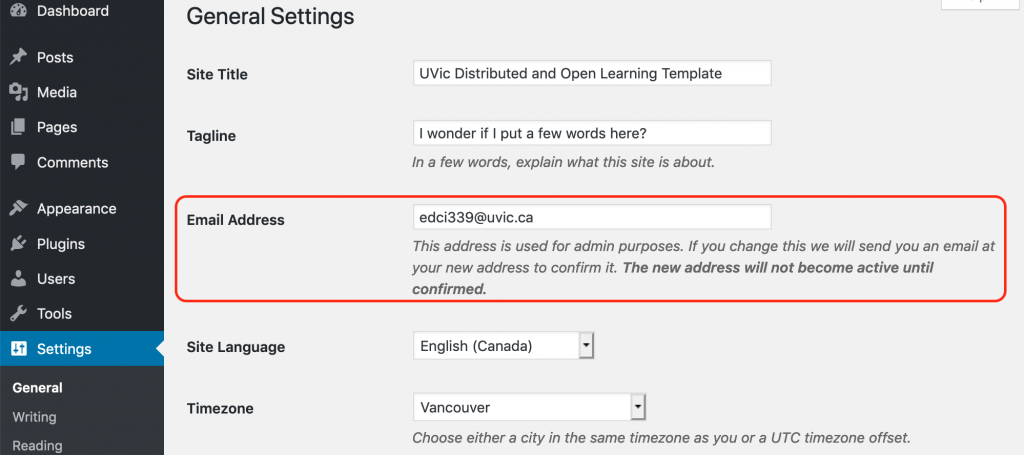Open education resources
Introduction
Nowadays, educational materials are extensively available on diversified platforms. Unlike the situation before, people could find the learning resources they need from so many different channels. On the one hand, there are much more educational materials available to the public, which is definitely a helpful thing for people who wants to acquire additional knowledge. On the other hand, without a clear direction from a course or subject instructor, people might get confused so that they would be able to maximize their study outcome. The problem comes from the abuse of open learning materials which are not playing the same role as the traditional teaching method is. There has been a constant discussion on how could we improve the efficiency of open educational materials as an educator. However, the problem is getting worse since there are so many diversified open education resources, the educators could not instruct dated learning channels and materials as they do in classrooms. In this article, I will explain the reasons for the current situation and discuss the possible solutions to improve the efficiency of open educational materials.
Open education resource
The definition of open education resource is publicly accessible materials and resources (including digital and non-digital) for any user to use, re-mix, improve and redistribute under some licenses (Bell, 2017). The media spreading these digital and non-digital materials is largely depending on the development of modern technology. From print, radio, and television to the internet, technology is changing the speed and quality of transporting information. For instance, the internet is the most important channel that is sharing learning materials and resources with people who does or doesn’t enroll a relevant course. The diversified learning context is appearing on the internet in different forms including e-books, audios, and videos. This provides simple access to all sorts of resources that people require without going to school and asking for help from an instructor. The available learning material is making MOOCs (stands for Massive Open Online Courses) become more and more popular since students are getting similar study outcome from them. Besides, OER and MOOCs are cost-efficiency for all students because most of them are accessible online (University of Wisconsin, 2019).
However, the convenience might not be the only thing brought by using open education resource. Sometimes it could be challenging to achieve similar a study outcome comparing to enrolling in traditional on-campus classes. There are three possible reasons. First of all, it is difficult for students to utilize the right and suitable materials without teachers’ direction. Many online sources of open education resource could be easily amended by someone unauthorized, which seriously affects the reliability of OER. If a student couldn’t distinguish which material is helpful to his or her study, it wouldn’t be cost or time efficiency at all. In contrast, people could be confused and spending more time and money to acquire precise knowledge. Secondly, students do not always comprehensively understand open education resources. This would influence the study outcome for those who utilize OER in their daily life. Even though it was proved by Fischer in 2015 that students are getting similar or better results by using open education resource, people who are not studying for a degree weren’t covered in that research. Finally, students would not always turn their new learnings into practical knowledge. Even with the easy access to all sorts of knowledge, students are not getting a decent learning outcome comparing to studying on campus with a clear direction from an experienced instructor.
Discussion
Even students are struggling with getting the same studying outcome as they do on campus, open education resource has been helping people to acquire necessary knowledge without going to school. Online libraries allow people to search textbooks and scholars that are international, academic and reliable. By reading these materials, they are going to understand the theory and scenario by using their learning ability. This satisfied the needs of different individuals (Wang, 2014). In addition, there are tools and communities available for students to think, research and discuss relevant open topics. Social media and content sharing platforms are common tools for learners to ensure that their new learning is practical. As for teachers, OER is increasing networking and collaboration among teachers that eventually improve the possibilities for new collaborations in fields of common interest (Khirwadkar, 2014). But open education resources could not always ensure a satisfying study outcome as it was discussed in the previous paragraph. What people are trying to do to compensate the lost is that they are seeking for advice and directions from those who have learning or teaching experience. This act seems like an alternative choice of asking a teacher, and it becomes an indispensable step when students are using online open education resources. But is it enough to guarantee a similar result? I believe that there are side benefits brought by in-class courses including the time saving on looking for the right materials, the accurate and timely answers from authoritative institutions as well as the additional knowledge that makes all information practical and usable. The exist of OER could also be a challenge for universities and colleges as it is cheaper to utilize without limitation of location and demographic factors (Cardoso, Morgado and Teixeira, 2015).
Conclusion
In summary, there are pros and cons of using open education resource. As mentioned above, using open materials brings more education opportunities for those who are not able to take the course on campus, because these materials are easy to access, relatively cheaper and flexible. Nonetheless, people might not always get the same learning outcome as they do on campus. Without a clear direction from the licensed instructor, it could be difficult to find suitable materials and comprehensively understand them. Moreover, the lack of examples and case studies is an obstacle when students want to transit the knowledge from theoretical to practical. Without explanations from an educator, students could get confused and bored by reading e-textbooks. It seems like using open education resource could be a controversial learning method. But in virtue of the benefits brought by technology development, we are more likely to solve the disability in the current situation. First and foremost, there are more and more colleges and universities are providing distance learning course open to the public online, with clear instruction on what should be read and where to find them. Without an expansive tuition fee or time/space limitation, students are able to utilize the open education resources available online in a more efficient way. Secondly, there are so many online academic communities for people to skim and look for suitable materials form them to learn. Moreover, after reading through the available context, there are social media available for students to discuss in an interest group. By raising questions and discussing the topics in the group, they could understand the knowledge from different angles and views, and share experiences with people from all over the world. In addition, on these social media, enormous original contexts and KOLs are giving people a chance to aggregate different voices. Modern technology such as advanced search engines makes the dream of time-saving comes true. Even with a short period of time, people are able to access and learn additional knowledge just like they would on campus.
Brief reflection
Open education resource is helping every student to access more materials in order to open their eyesight and acquire additional knowledge. In this article, I demonstrate the pros and cons of OER and MOOCs for both students and non-student adults. It could be better to include more examples and figures to prove my point of view.
Bibliography:
- Bell, Steven. “Research Guides: Discovering Open Educational Resources (OER): Home”. guides.temple.edu. Retrieved 2017-12-05.
- “Open Chemistry Education Resources: Advantages and Disadvantages”. Board of Regions of the University of Wisconsin System. Retrieved 24 April 2019.
- Fischer, L., Hilton, J., Robinson, T.J. et al. J Comput High Educ (2015) 27: 159. https://doi.org/10.1007/s12528-015-9101-x
- Nasongkhla, J., Chen, S.-H., Birzina, R., Pushpanadham, K., Khirwadkar, A., Kováčová, J., . . . Wang, L. (2014). “Open educational resources pedagogical perspectives of Asian and European scholars Open Educational Resources in Lifelong Learning” pp. 141-166: Knou Press.
- Cardoso, P., Morgado, L., and Teixeira, A., (2015). “OER, OPEN ACCESS AND SCHOLARSHIP IN PORTUGUESE HIGHER EDUCATION” https://iconline.ipleiria.pt/handle/10400.8/1398


